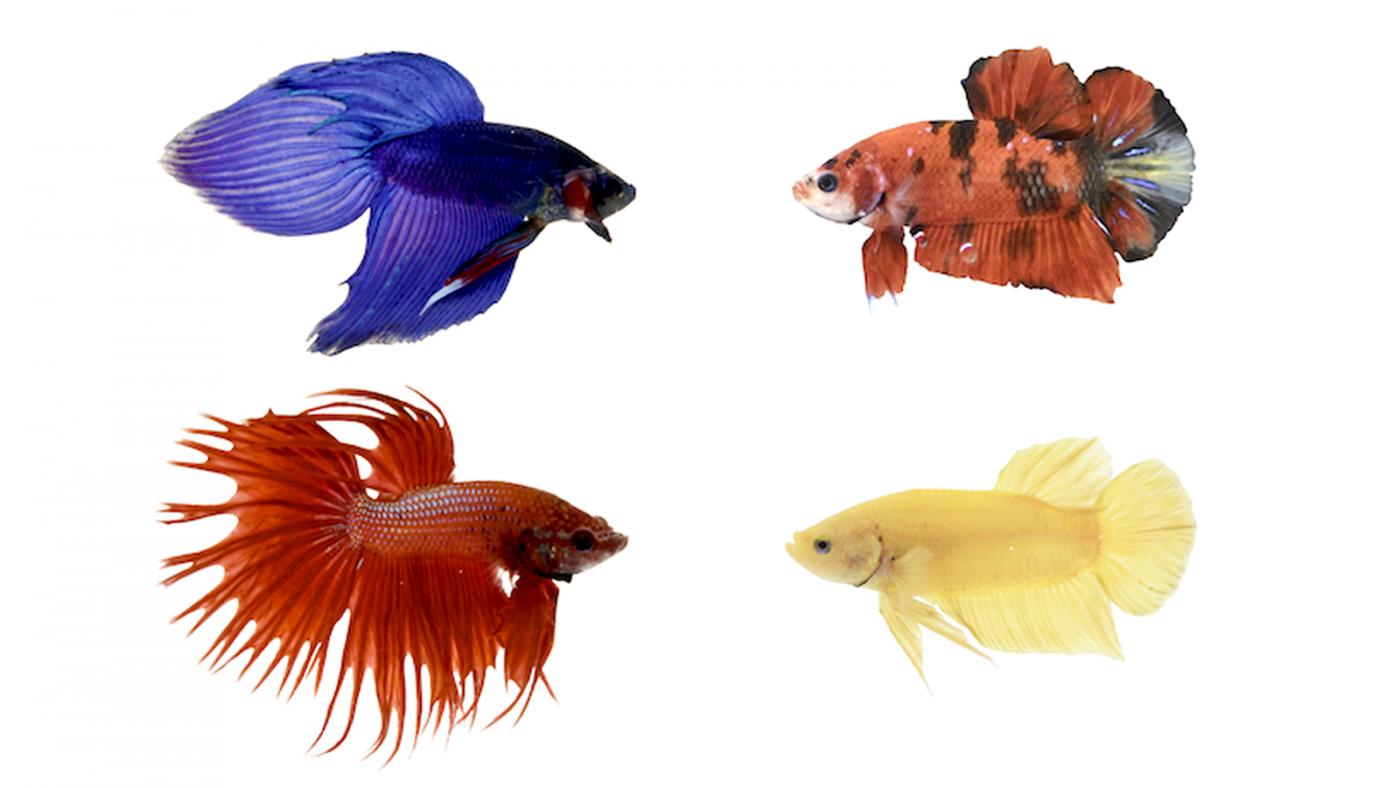Betta Fish Tank Configuration: A Step-by-Step Overview for Beginners
Betta Fish Tank Configuration: A Step-by-Step Overview for Beginners
Blog Article
All Regarding Betta Fish: Recognizing Their One-of-a-kind Demands, Actions, and the Ideal Practices for Optimum Care
Comprehending the unique needs and behaviors of Betta fish is vital for any type of aquarist looking to supply optimum treatment. betta fish. As we discover these components additionally, the effects for both novice and experienced fish keepers come to be significantly noticeable, elevating inquiries concerning how ideal to accommodate these amazing fish in our homes.
Betta Fish Summary
Although usually appreciated for their dynamic colors and streaming fins, Betta fish, clinically referred to as Betta splendens, are complicated animals that call for certain treatment to flourish. Stemming from Southeast Asia, these freshwater fish are recognized for their territorial nature and one-of-a-kind actions. Betta fish display sexual dimorphism, with males presenting extra brilliant colors and longer fins than females.
Their aggressive tendencies, specifically among men, necessitate mindful factor to consider when housing them. Bettas are commonly kept in single-specimen tanks to avoid territorial disagreements. Nevertheless, they can coexist in harmony with specific compatible species in bigger area storage tanks, provided the setting satisfies their needs.

To ensure optimal care, aquarists should comprehend their one-of-a-kind behavior traits, dietary needs, and habitat needs. betta fish. With correct attention, Betta fish can exhibit their vibrant personalities and thrive in a well-kept aquarium setting
Natural Habitat and Atmosphere
Betta fish flourish in a diverse variety of all-natural environments, mostly discovered in the shallow waters of Southeast Asia, consisting of rice paddies, swamps, and slow-moving streams. These settings are identified by warm temperatures, usually between 75 ° F and 82 ° F(24 ° C and 28 ° C ), and a pH level ranging from 6.5 to 7.5, which is ideal for their health and wellness and wellness.
In their natural environments, Betta fish are accustomed to thick plants, giving both sanctuary and reproducing grounds. The visibility of plants such as floating water lilies and thick turfs not only supplies security from predators yet likewise contributes to the oxygenation of the water, which is essential for their respiratory system needs. In addition, these settings typically have areas of still water, permitting Betta fish to exhibit their all-natural habits such as bubble nesting.
Recognizing the natural environment of Betta fish is essential for fish tank lovers. Reproducing these conditions-- via water temperature, pH equilibrium, and the inclusion of real-time plants-- can considerably boost the general health and long life of these captivating fish, guaranteeing they grow in a home aquarium setup.
Social Behavior and Communications
Understanding the social habits and interactions of Betta fish important site is important for effective aquarium administration. Betta fish, or Siamese combating fish, are known for their special behavior characteristics, identified primarily by territoriality and aggression. Males, particularly, present extremely hostile behaviors towards each other, resulting in the well-known reputation of Betta fish as fighters. In a constrained space, two males can involve in terrible battles, frequently leading to injury check out this site or fatality.
Alternatively, women Bettas show much less hostile actions and can exist side-by-side in teams, called sororities, if presented properly. It is crucial to check their communications carefully, as hierarchy and supremacy can lead to conflicts. Understanding the dynamics within a Betta area is essential; developing concealing spots and guaranteeing sufficient space can mitigate aggressiveness.
In enhancement, Betta fish might likewise display inquisitiveness and social actions towards various other types. While they can coexist with certain non-aggressive container companions, it is necessary to choose suitable types to avoid stress and anxiety and aggressiveness. On the whole, acknowledging these social interactions is vital to promoting a harmonious fish tank environment for Betta fish.
Crucial Treatment Guidelines
Giving correct treatment for Betta fish is vital to their wellness and well-being. Regular water modifications-- roughly 25% once a week-- help keep water quality.
Betta fish require an ideal tank size; a minimum of 5 gallons is recommended to provide appropriate area for swimming and hiding. Include decors and plants to create a revitalizing atmosphere, yet stay clear of sharp things that might harm their delicate fins.

Last but not least, make sure the container is furnished with a filter to keep the water tidy, but use a gentle filter to stay clear of strong currents that can stress the fish. By following these important treatment standards, owners can advertise a healthy and vivid Betta fish.
Common Wellness Issues and Solutions
In the care of Betta fish, awareness of More Bonuses typical health issues is crucial for keeping their well-being. One prevalent issue is fin rot, usually triggered by poor water quality or microbial infection. Signs and symptoms consist of frayed or blemished fins. To deal with fin rot, enhance water conditions and consider making use of a broad-spectrum antibiotic.
One more usual ailment is ich, a parasitical infection identified by white spots on the fish's body (betta fish). Treatment involves raising water temperature level and adding fish tank salt to the storage tank, as this can help remove the parasite
Swim bladder condition is additionally frequently observed, bring about buoyancy troubles. This problem may develop from overfeeding or irregular bowel movements. A fasting duration of 24-48 hours, followed by a diet plan of blanched peas, can give relief.
Finally, bettas may experience velour disease, suggested by a gold dust-like look on their skin. Therapy usually calls for drug specifically developed for outside bloodsuckers, together with boosted container hygiene.
Regular tracking of water criteria, keeping a tidy environment, and providing a balanced diet plan are crucial safety nets. By addressing these health issues quickly, Betta fish can lead healthier, much more dynamic lives.
Final Thought
In recap, effective betta fish care calls for an understanding of their one-of-a-kind requirements and behaviors. Normal surveillance of health and wellness and water quality, along with a well balanced diet plan, contributes to the durability and vibrancy of betta fish.
Report this page